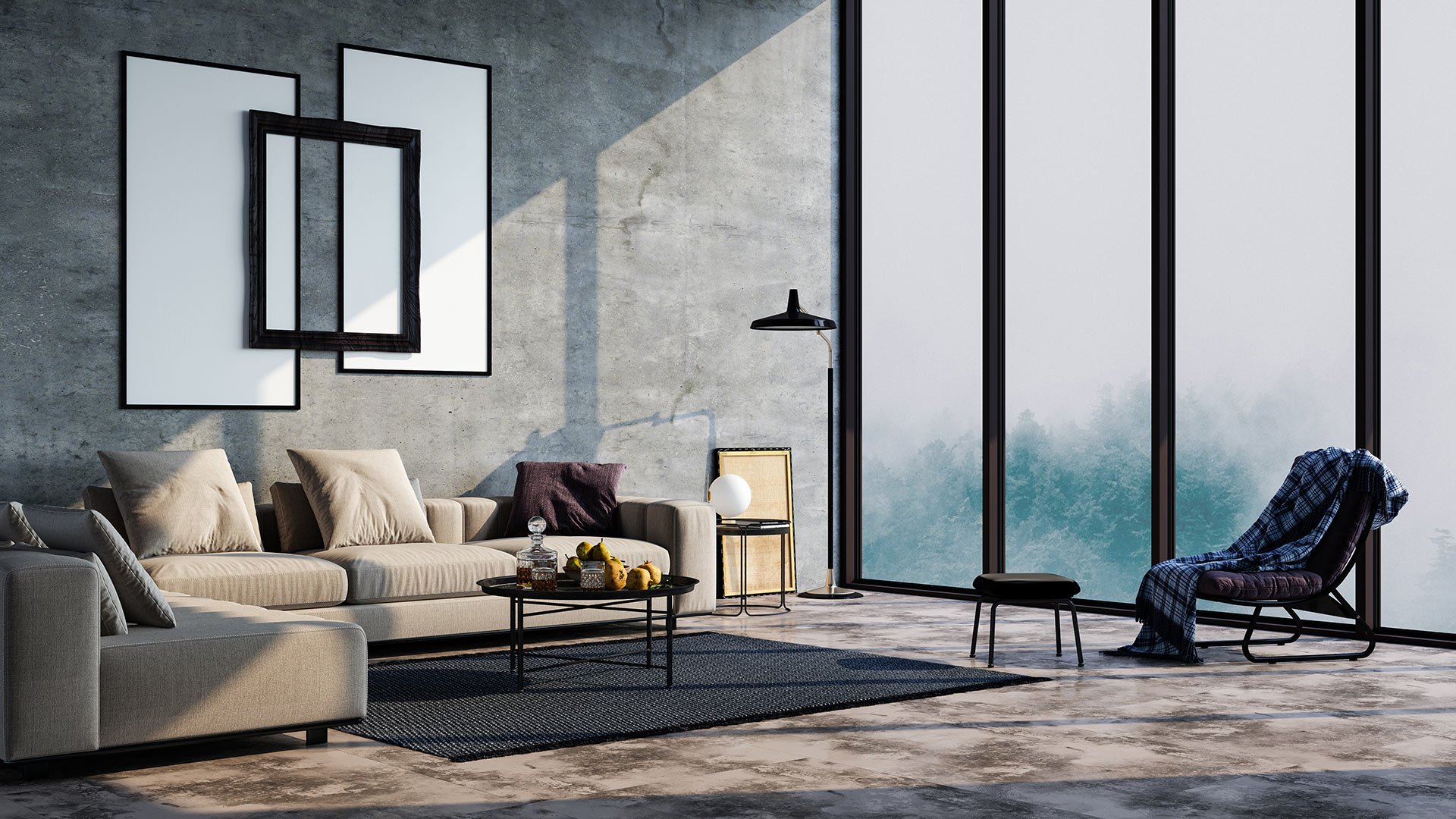Restaurant interior design plays a major role in shaping the dining experience, as food alone no longer defines it. In today’s world, the overall atmosphere, mood, and aesthetic of a restaurant are key to attracting and retaining customers. It is the design that shapes the first impression, creates emotional connections, and tells the brand’s story. Understanding the full significance of interior design for restaurants helps business owners and fit-out experts create spaces that are not only beautiful but also functional, profitable, and unforgettable.
Why Restaurant Interior Design Matters
- It Builds Brand Identity
Every successful restaurant has a personality — whether it’s elegant fine dining, modern fusion, or casual comfort. The restaurant interior design should visually communicate this personality. From the color palette and furniture style to the layout and lighting, every element reflects your brand identity. A consistent design theme helps customers instantly recognize your brand and remember their experience. - It Influences Customer Behavior
Design elements such as color, lighting, music, and seating arrangements have a strong psychological effect on guests. Warm tones and soft lighting create a cozy and relaxing ambiance, while brighter lighting and vibrant colors bring energy and excitement. When used strategically, interior design can influence how long customers stay, how comfortable they feel, and even how much they spend. - It Enhances Functionality and Flow
A beautiful restaurant is meaningless without functionality. The best designs consider every aspect of flow — from how servers move between tables to how guests navigate the space. Efficient layouts reduce congestion, improve service speed, and increase the number of guests served. Functional design also improves staff morale and productivity, contributing to a smoother overall operation. - It Encourages Repeat Visits
A comfortable, visually pleasing, and well-designed restaurant encourages customers to return. When guests enjoy not only the food but also the environment, they form a lasting emotional connection with the place. A welcoming design with thoughtful details creates memorable experiences that make diners want to come back — and even recommend your restaurant to others. - It Boosts Marketing and Social Media Visibility
In the age of Instagram and online reviews, design sells. Guests love taking photos of visually appealing spaces and sharing them online. Eye-catching decor, unique lighting features, and attractive presentation areas turn your restaurant into free marketing content. Good restaurant interior design naturally creates a social media buzz that can attract new customers and build your online presence.
Key Elements of an Effective Interior Design for Restaurants
To achieve a successful dining space, focus on these essential elements of restaurant interior design:
- Theme and Concept
Every design begins with a clear concept — whether it’s a luxury dining lounge, a traditional eatery, or a contemporary café. The theme should align with your cuisine and target audience. - Lighting Design
Lighting is one of the most powerful tools in interior design. Warm lighting enhances comfort and elegance, while accent lighting highlights key areas like artwork or food displays. A mix of ambient, task, and decorative lighting creates a balanced and inviting atmosphere. - Color Palette and Materials
Colors evoke emotions. Earthy tones create calm, while bright colors add energy. The choice of materials — wood, metal, fabric, or stone — adds depth and texture to the design, giving the space its personality. - Furniture and Layout
The layout should maximize seating capacity without compromising comfort. Furniture should complement the theme and offer durability. Flexible arrangements allow for easy adjustments for private events or large groups. - Acoustics and Sound Control
Sound plays a huge role in guest comfort. Proper acoustic design prevents excessive noise while maintaining a lively dining atmosphere. Using sound-absorbing materials in ceilings or walls helps achieve the right balance. - Decor and Finishing Touches
Artwork, greenery, lighting fixtures, and table arrangements complete the look. Even small decorative details can elevate the design and leave a lasting impression.
Restaurant Interior Design in the UAE Context
In the UAE, restaurant interiors must consider both climate and cultural preferences. Natural light is abundant, so shading, curtains, or screens can help manage brightness and heat. Many local diners prefer semi-private seating, which can be achieved through partitions or booth layouts. Using regional materials, patterns, and colors also adds authenticity and connects the design with the surrounding culture.
Restaurants in the UAE also cater to diverse audiences — from tourists to residents — so the design must balance international appeal with local character. This blend of tradition and modernity makes the restaurant interior design truly unique in this region.
Conclusion
The restaurant interior design is far more than just visual decoration — it’s a strategic tool that shapes how customers feel, behave, and connect with your brand. A well-designed restaurant enhances customer satisfaction, improves staff performance, and increases profitability. Whether you’re opening a new venue or renovating an existing one, focusing on interior design is one of the best investments you can make for long-term success.
Frequently Asked Questions
Why is restaurant interior design important for business success?
Because it affects customer perception, comfort, and behavior. Good design enhances brand identity, supports efficient service, and creates memorable experiences that lead to repeat visits.
How can interior design increase restaurant profits?
By improving layout efficiency, encouraging longer stays, and creating an inviting atmosphere that attracts more customers. A beautiful, comfortable restaurant often sees higher sales and stronger customer loyalty.
How often should a restaurant update its interior design?
It’s recommended to refresh your restaurant’s interior every 3–5 years. Minor updates, like new lighting, wall colors, or decor, can keep the space feeling fresh without requiring a full renovation.


